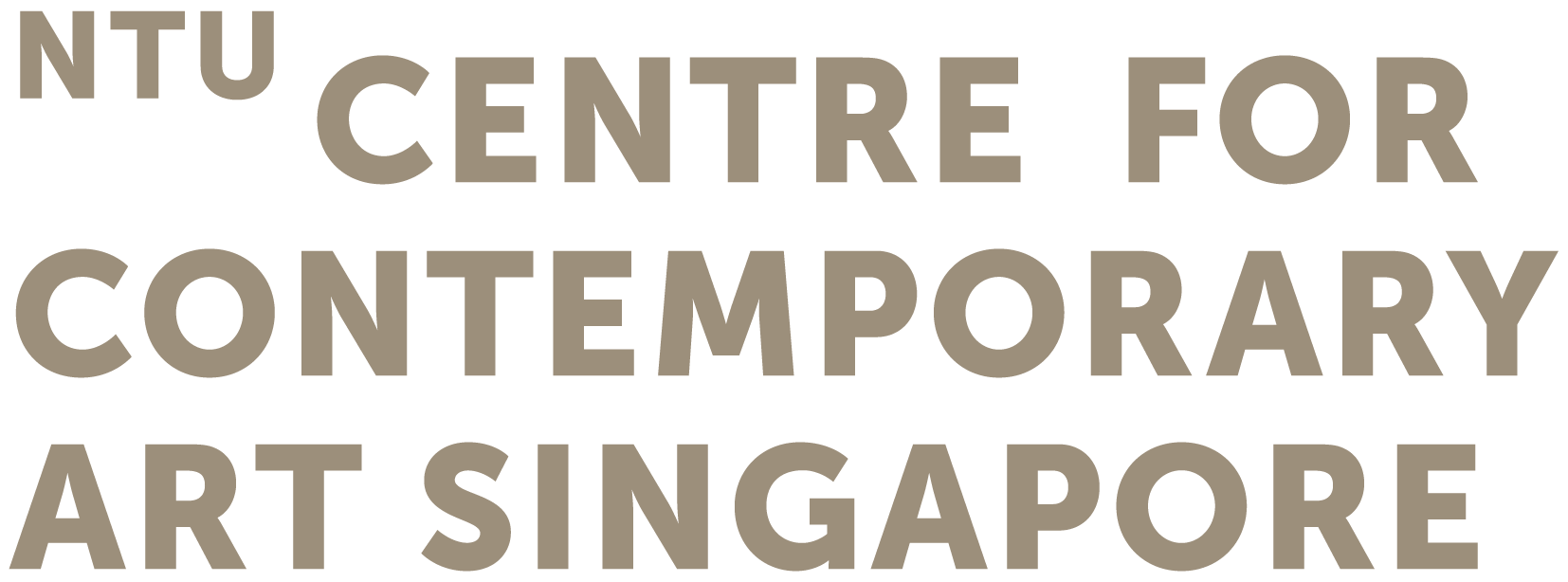Since 2018, Irwan Ahmett and his partner, Tita Salina, carried out expeditions along the northern coast of Jakarta on foot. Through their journey, they found many illusions that is being faced by Jakarta's coastal citizens. They realized that these illusions emerged as a result of the climate crisis that occurred and its impact was felt most by the people living within Jarta's coastlines. They expressed their concern regarding the situations through art performances in the hope that more people would become aware of this situation.
Arahmaiani (b. 1961, Indonesia) is one of Indonesia’s most respected and pioneering artists in the field of performance art. From the 1980’s, she has performed in many public spaces — even during the rule of an oppressive military regime. Though most known internationally known for her performance art, her creative work extends beyond the bounds of the artistic world, and into her environmental, religious and cultural activism. Her activism takes form in both her interactive performances and her community-based practice, bringing attention to subjects prevalent in Indonesia and to issues of violence against the environment on the Tibetan Plateau. Arahmaiani engages in community-based practices across a variety of groups including, Tibetan monks, an Islamic boarding school and participants from a range of countries and backgrounds. The nomadism of her life is reflected in her work, using her performances and focus on community participation as means of uniting people from different backgrounds and processing traumas brought about by the severance of people from their natural environments.
Arahmaiani’s work has been featured in over 100 solo and group exhibitions around the world notably Paradise Lost: Mourning of the World, Indonesian Pavilion, Venice Biennale (2003)’; Memory of Naature, SMAK Ghent Museum of Contemporary Art (2017); Bruised: Art Action & Ecology in Asia, RMIT Gallery, Melbourne (2019); Politics of Disaster: ender Environment & Religion, PAV (Parte Arte Pivente) Turin, Italy (2020); Re-Nature, Den Bosch, Netherland (2021); Documenta 15 – with Asia Art Archive Collective (2022); Flag Project, Istanbul Biennale (2022).
Nashin Mahtani (Peta Bencana and Climate Emergency Software Alliance, Indonesia), Dr Sang-Ho Yun (Director, Remote Sensing Lab, Earth Observatory of Singapore; Associate Professor, Asian School of the Environment and School of Electric and Electronic Engineering, NTU, Singapore), moderated by Eunice Lacaste (PhD Candidate, NTU ADM).
Previous collaborators Nashin Mahtani, and Dr Sang-Ho Yun, will discuss the applications of satellite technology for localised tracking of disasters through smartphones. Learn about their previous collaboration on disaster risk reduction in Indonesia and how they utilised technology to construct more equitable forms of climate risk response and adaptation to the region.
This recording is part of the two-day symposium, "Environmentally-Engaged Artistic Practices in South, Southeast Asia and the Pacific" held at NTU Centre for Contemporary Art Singapore, supported by the Ministry of Education Academic Research Fund Tier 1 Project (RG39/21) and led by Principal Investigator, Professor Ute Meta Bauer. This symposium was organised by Professor Ute Meta Bauer and Research Assistant Angela Ricasio Hoten, School of Art, Design and Media, Nanyang Technological University Singapore with additional support from Eunice Lacaste, PhD Candidate at NTU ADM.
Mega project giant sea wall is a solution offered by the government to prevent floods and open new housing areas in Jakarta. It will integrate with seventeen artificial islands from the reclamation. Many people doubt this gigantic project could solve the urban problems. Yet the Jakartans still struggle with the waste management and polluted water. Together with local fishermen in Muara Angke--soon to get the impact of the project-- Tita collected marine debris and plastic trash in the area then turned them into an artificial island. With the help of a fishermen boat, the island is pulled and placed between the reclamation islands and Thousand Islands. Tita tries to connect the reclamation issue and land used with the waste plagues the sea and the future of traditional fishermen.

